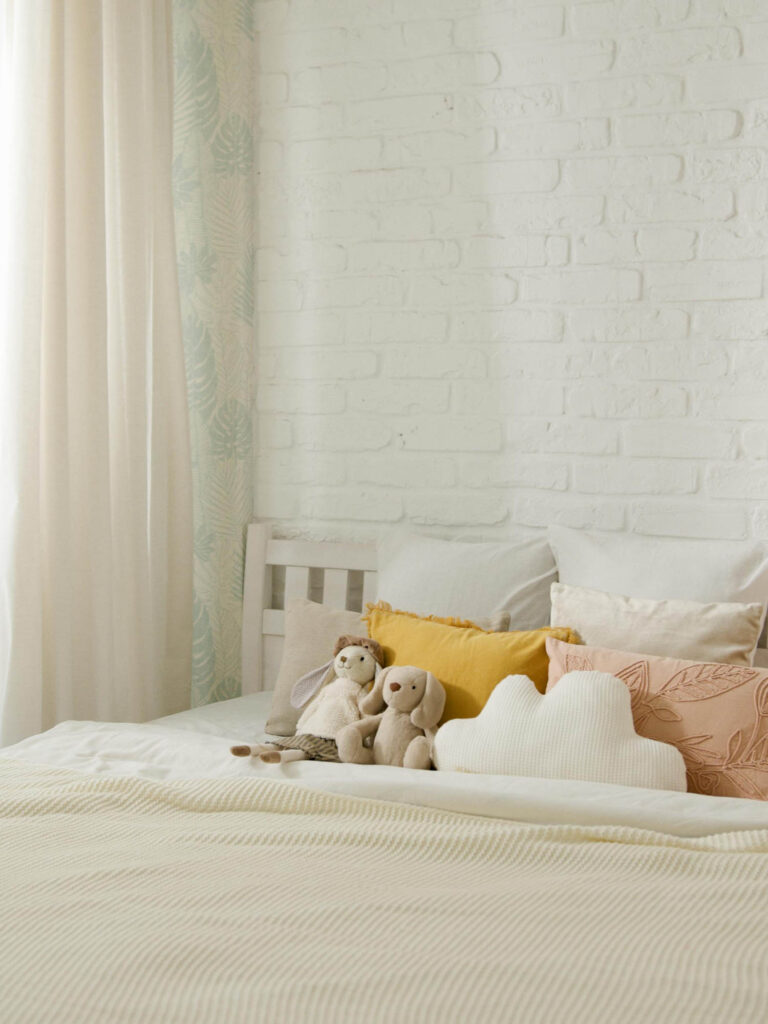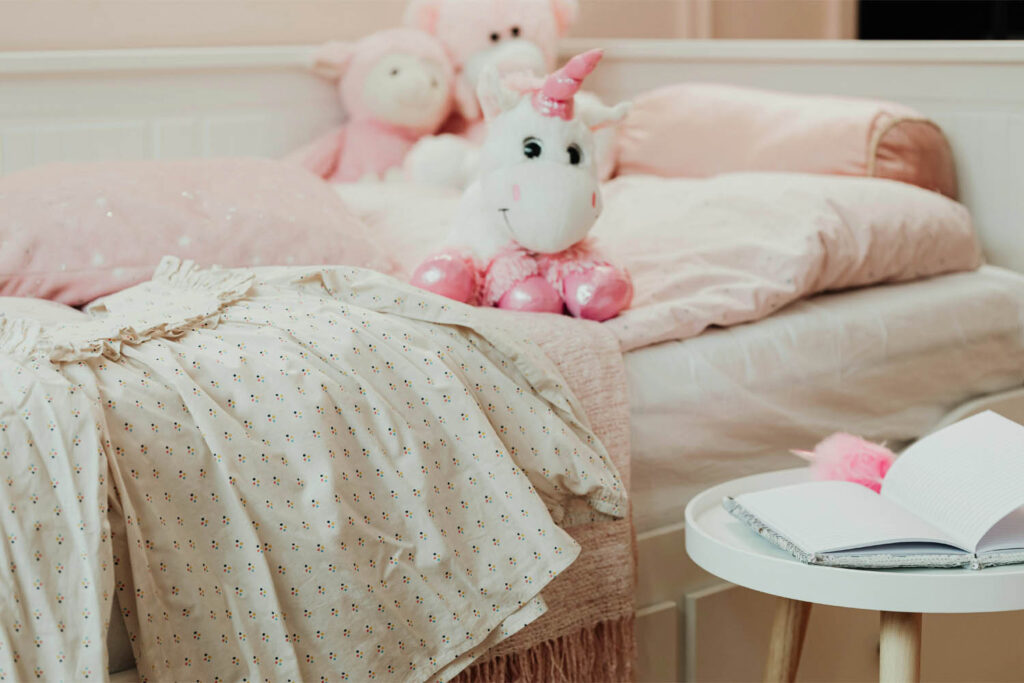As an interior designer, I’ve witnessed firsthand the transformative power of involving children in the design process of their own rooms. It’s not merely about aesthetics; it’s about creating a space where they feel a deep sense of belonging and ownership.
When children have a say in how their room looks and feels, it fosters a sense of pride and responsibility. They feel like active participants in shaping their environment, which can have a profound impact on their self-esteem and confidence.

Fostering Creativity and Ownership
Encouraging children to express their creativity through room design opens up a world of possibilities. From choosing wall colors to selecting bedding and decor items, every decision allows them to explore their preferences and tastes. This freedom of expression fosters a sense of ownership over their space, instilling a feeling of pride in their surroundings. When children feel a personal connection to their room, they are more likely to take care of it and keep it organized.
Enhancing Comfort and Functionality
Children have unique needs and preferences when it comes to their living spaces. By involving them in the design process, parents can ensure that the room meets these needs effectively. For example, a child who loves reading might appreciate a cozy reading nook with plenty of cushions and good lighting. Similarly, incorporating storage solutions for toys and belongings can help keep the room organized and clutter-free, promoting a sense of calm and orderliness.
Stimulating Learning and Development
Room design presents an excellent opportunity to stimulate children’s learning and development. Engaging them in discussions about design concepts such as color theory, symmetry, and spatial awareness can enhance their cognitive skills. Additionally, involving children in decision-making processes encourages critical thinking and problem-solving. They learn to weigh different options, consider practical considerations, and make informed choices—a valuable skill set that extends beyond interior design.
Strengthening Parent-Child Relationships
Collaborating on room design can be a bonding experience for parents and children. It provides an opportunity for open communication, compromise, and teamwork. By listening to their children’s ideas and involving them in decision-making, parents demonstrate respect for their autonomy and creativity. This fosters mutual trust and understanding, strengthening the parent-child relationship in the process. Moreover, sharing this creative endeavor can create lasting memories and moments of connection.
Discover the importance of involving your children in room design and gain practical tips for successful collaboration, fostering creativity and ownership in their personal space. Keep reading to explore how including your children in the design process can lead to a more harmonious and satisfying environment for the whole family.
Practical Tips for Collaboration
Now that we understand why involving children in room design matters, let’s explore some practical tips for making the collaboration process smooth and enjoyable:
Start with a Discussion
Initiate a conversation with your child about their likes, dislikes, and vision for their room. Ask open-ended questions and actively listen to their responses. Encourage them to share their ideas and preferences, even if they seem unconventional. This discussion lays the foundation for a collaborative and inclusive design process, ensuring that your child’s voice is heard and valued.

Set Boundaries and Offer Guidance
While it’s essential to involve children in decision-making, it’s equally important to set boundaries and offer guidance where necessary. Help them understand practical considerations such as budget constraints, safety concerns, and space limitations. Offer gentle guidance to steer them away from choices that may not be feasible or appropriate. By providing structure and guidance, you empower your child to make informed decisions within reasonable parameters.
Create Mood Boards Together
Mood boards are an effective tool for visualizing design ideas and narrowing down options. Set aside time to create mood boards together, either digitally or using physical materials. Gather inspiration from magazines, websites, and social media platforms, and encourage your child to select images and materials that resonate with them. Use the mood board as a reference point throughout the design process to ensure that the final outcome aligns with your child’s vision.
Incorporate DIY Projects
Get creative and involve your child in DIY projects that add a personal touch to their room. Whether it’s painting furniture, crafting wall art, or sewing decorative pillows, DIY projects offer an opportunity for hands-on involvement and creativity. Not only are these projects fun and engaging, but they also foster a sense of accomplishment and pride when completed. Plus, they add unique elements to the room that reflect your child’s personality and creativity.
Be Flexible and Patient
Above all, approach the design process with flexibility and patience. Understand that it’s a collaborative effort, and compromises may need to be made along the way. Be open to new ideas and willing to adjust your plans based on your child’s feedback. Remember that the goal is to create a space that reflects your child’s personality and preferences while also meeting practical needs. By maintaining a flexible and patient attitude, you’ll ensure a positive and rewarding experience for both you and your child.
In conclusion, involving your children in room design is about more than just creating a visually appealing space—it’s about fostering creativity, ownership, and meaningful connections. By following these practical tips for collaboration, you can create a room that not only looks great but also feels like a true reflection of your child’s personality and interests. So, embrace the creative process, involve your child every step of the way, and watch as their room transforms into a space they’ll love and cherish for years to come.




